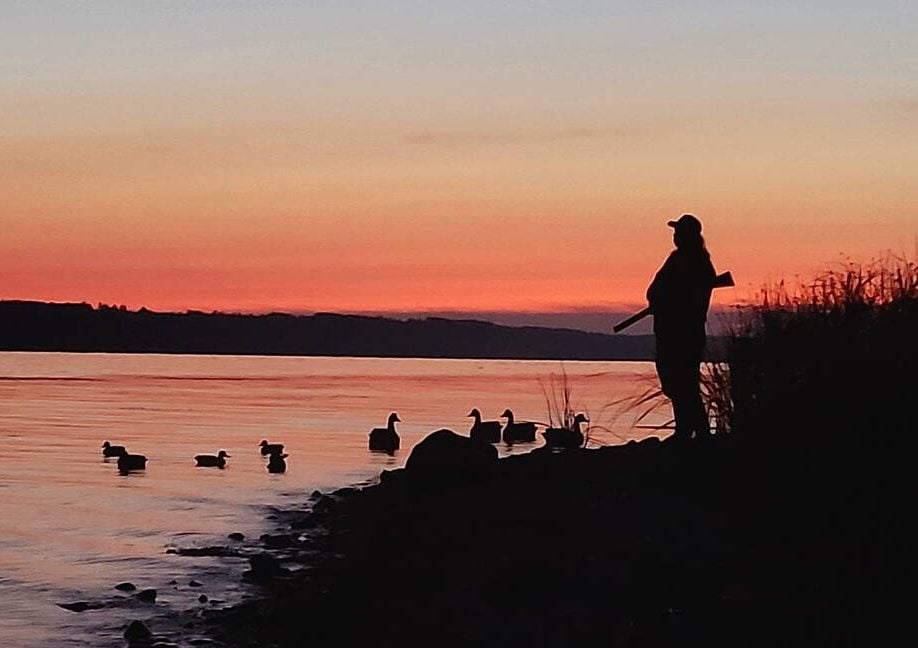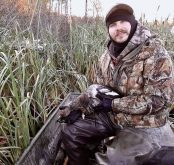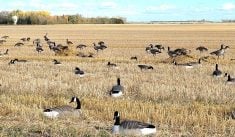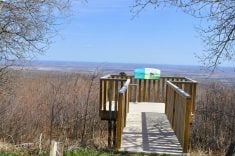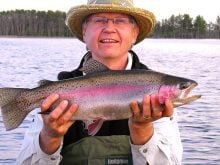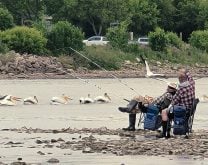The September long weekend marked the unofficial start of Manitoba’s hunting seasons.
Waterfowl hunting opened Sept. 1, while archery deer hunters started a few days earlier. Now though, with most harvest wrapping up, farmers who celebrate the end of the growing season with a well-earned hunting trip can start to join in.
Bird hunting is in full swing, while muzzle loader and rifle deer hunters are anticipating their seasons not far down the road. A full list of season dates can be found in Manitoba’s 2025 hunting guide, available online through the Government of Manitoba’s Natural Resources and Indigenous Futures department.
Read Also
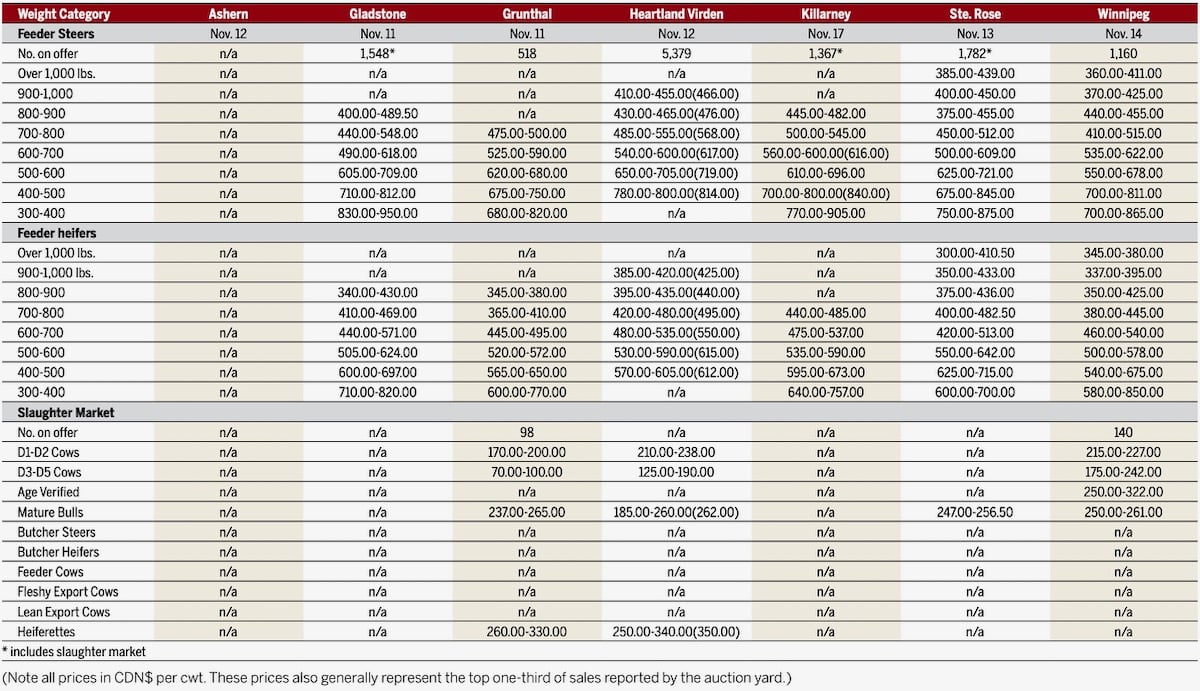
Manitoba cattle prices, Nov. 17
There are some highs and lows expected this year, depending on your game of choice.
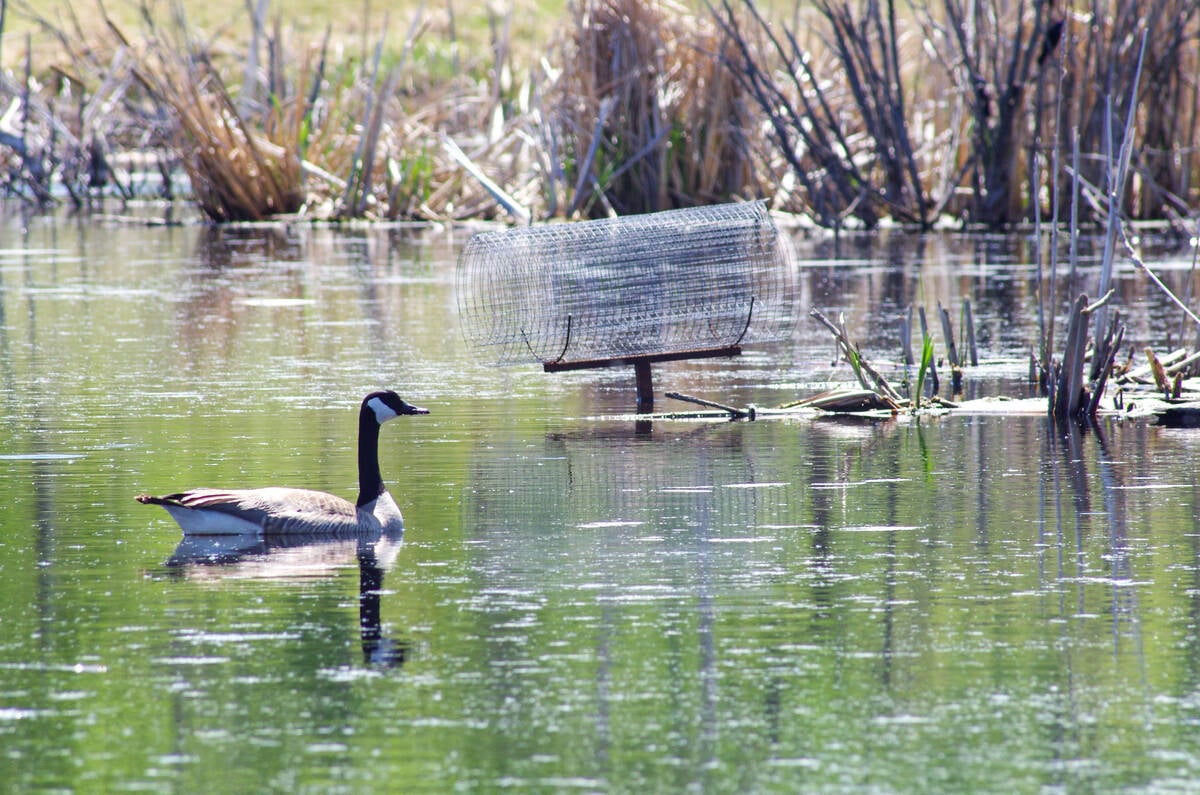
Ducks and geese decline
Spring waterfowl and wetland surveys run by the U.S Fish and Wildlife Service and the Canadian Wildlife Service flagged ongoing declines for most waterfowl and their habitat base. Some birds that would normally nest in the pothole region seemed to shift to northern forest wetlands. When this occurs, those birds mostly take a pass on nesting.
One survey participant I talked to also noted generally poor wetland conditions. Lower than average breeding success was expected.
It wasn’t a surprise, therefore, when late summer duck banding programs in southern Manitoba struggled to achieve their targets. There were few ducks around. Furthermore, low numbers of young birds pointed to a relatively poor hatch.
It was a feat to ensure that these surveys, which have run continuously since the 1950s, occurred at all. Major government cutbacks hit the U.S. initiative, considered to be the gold standard for wildlife population monitoring. Experienced staff were lost, but the remaining dedicated and innovative folks found ways to get the work done — for this year at least. On the Canadian side, hiring freezes are also thinning the ranks of capable individuals. All told, one of the world’s best wildlife surveys is on thin ice.
Long-term breeding ground studies across the north provide estimates of Arctic goose production. Northern breeding and moulting areas such as Hudson Bay and southern Baffin Island — the source of most snow geese that migrate through southern Manitoba — had another bust production year. However, breeding success for northern Canada and Ross’s geese was closer to average.
Interestingly, spring surveys in the south are tracking declines in locally breeding Canada geese, which started just a few seasons ago. Band returns show that these birds are not being overharvested. One waterfowl biologist suggested to me that the recent dry years may have affected breeding success.
Even with this decline however, geese remain well above long-term averages, and so goose numbers and hunting opportunities will abound this fall.
Hunters I talked to had variable experiences during the opening week of the season. Long-time Delta Marsh hunters reported the lowest duck numbers seen in recent memory, despite excellent wetland conditions. Reports from western Manitoba were more promising. By the second week of the season, flights of field-bound mallards and pintails were providing earlier than normal field hunts.
Concentrations of blue-winged teal were impressive in a few areas — my son and I found good numbers on a shallow lake in central Manitoba — but it seems that many pulled out after the first cold spell a few days after the September long weekend. Species like mallard, gadwall, pintail and shoveler were generally scarce in central areas, but were reported to be building up further west. Perhaps the birds that migrated further north this spring are now starting to show up in some areas.
In contrast to ducks, the build-up of geese seems to have started early. Reports of early September field hunts have come in from across the province.
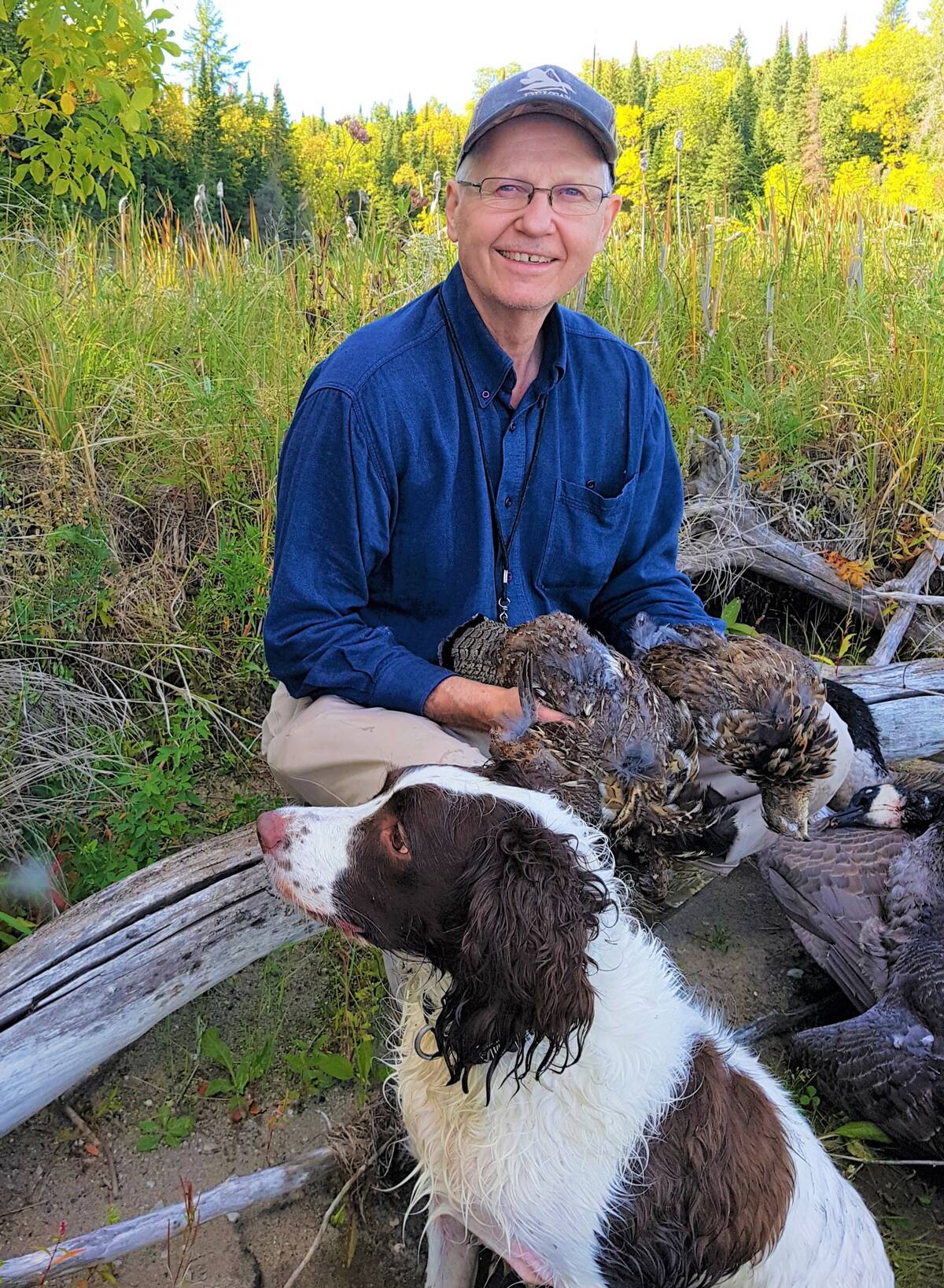
Grouse elusive
Winter conditions generally have little impact on our native grouse, but wet springs and early summers can hurt breeding success. Since we were on the dry side through that period, I had been hopeful that grouse opportunities would improve significantly.
However, early season reports have been a little disappointing. Friends who hunt in the southwest reported good sharp-tail numbers, but few Hungarian partridge so far, while reports from the Interlake ranged from below to above last year’s numbers.
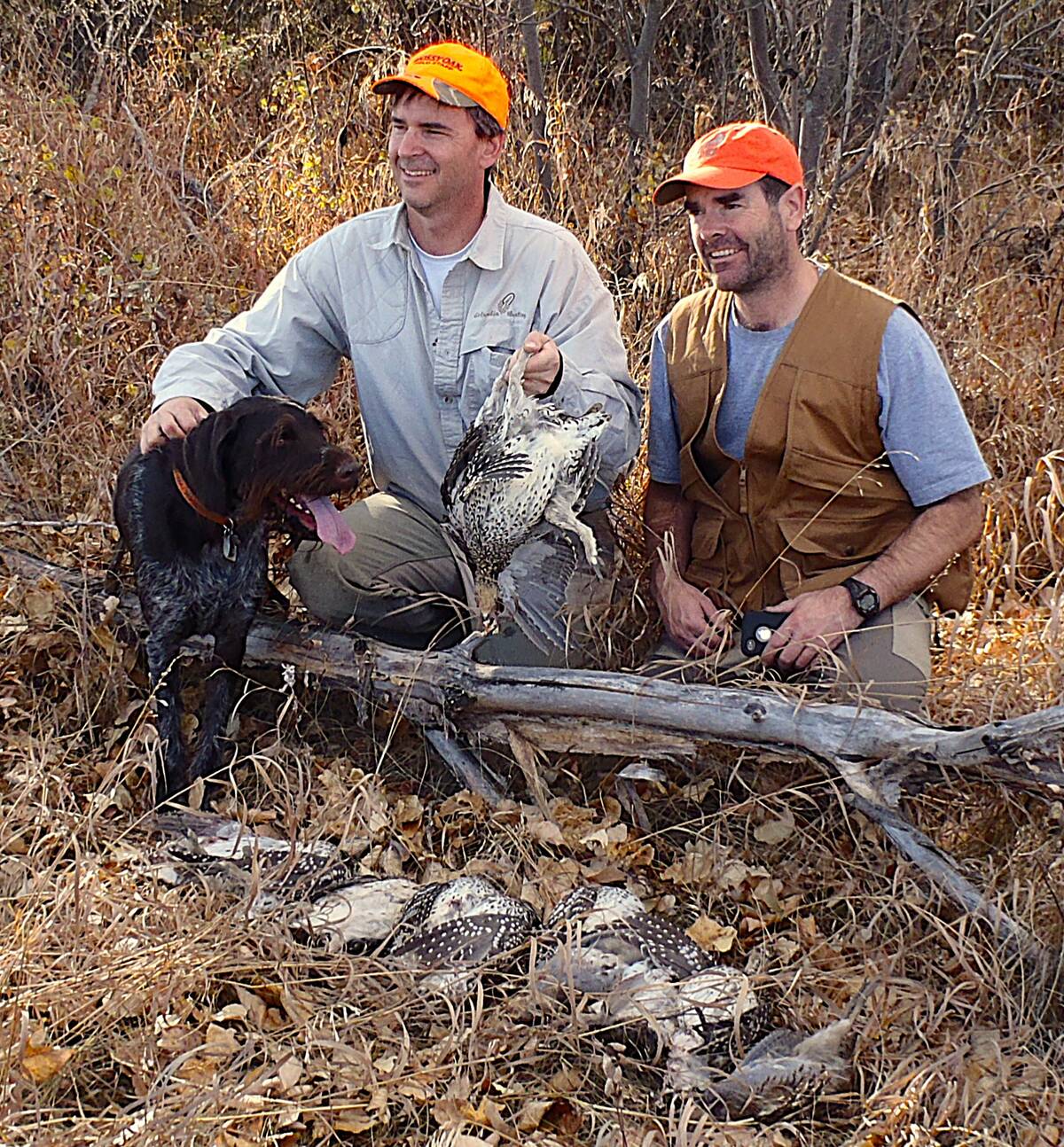
It’s hard to make confident predictions about ruffed grouse before the leaves have fallen, but those I talked to had seen relatively few grouse broods in late summer. In early September, I went for a long walk for mushrooms in one of my favourite Whiteshell ruffed grouse haunts. I came back with a big haul of ‘lobster’ and ‘hedgehog’ mushrooms, but no grouse were flushed.
I will cling to the hope of better reports as the season rolls along.
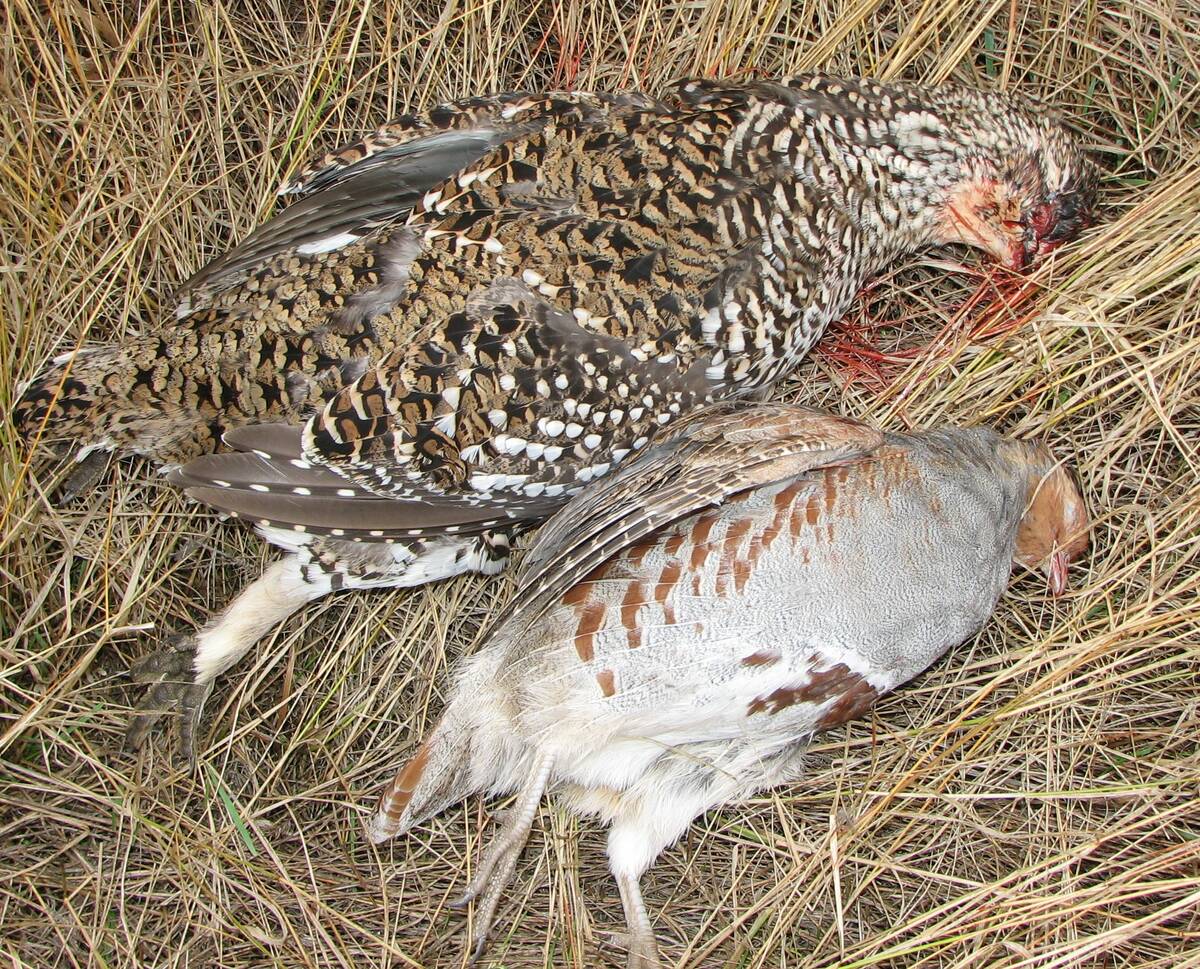
Deer numbers similar to last year
Year over year, deer are affected by winter severity more than any other single factor. Wildlife managers use an index of severity that takes into account the length of time deeper snows stick around and the number of cold days.
Provincial wildlife staff told me that deer experienced an average winter, more or less, and fawn sightings in many areas have been encouraging. That said, some parts of the province delivered a more difficult winter. I have heard reports from archery hunters of fewer deer in some southwestern locales. The Duck Mountains and Riding Mountain National Park areas experienced deep snows, so deer numbers likely took a hit.
Overall though, the province kept deer harvest regulations pretty much unchanged from last year. Hunters can take any white-tailed deer in the archery, muzzle loader or general deer seasons. Up to two additional tags are available for antlerless deer in certain Game Hunting Areas.
Mule deer opportunities continue this fall, along with licence fees at bargain-basement prices, part of the province’s strategy against chronic wasting disease (CWD). Consult the 2025 hunting guide to find the specifics for your hunting areas.
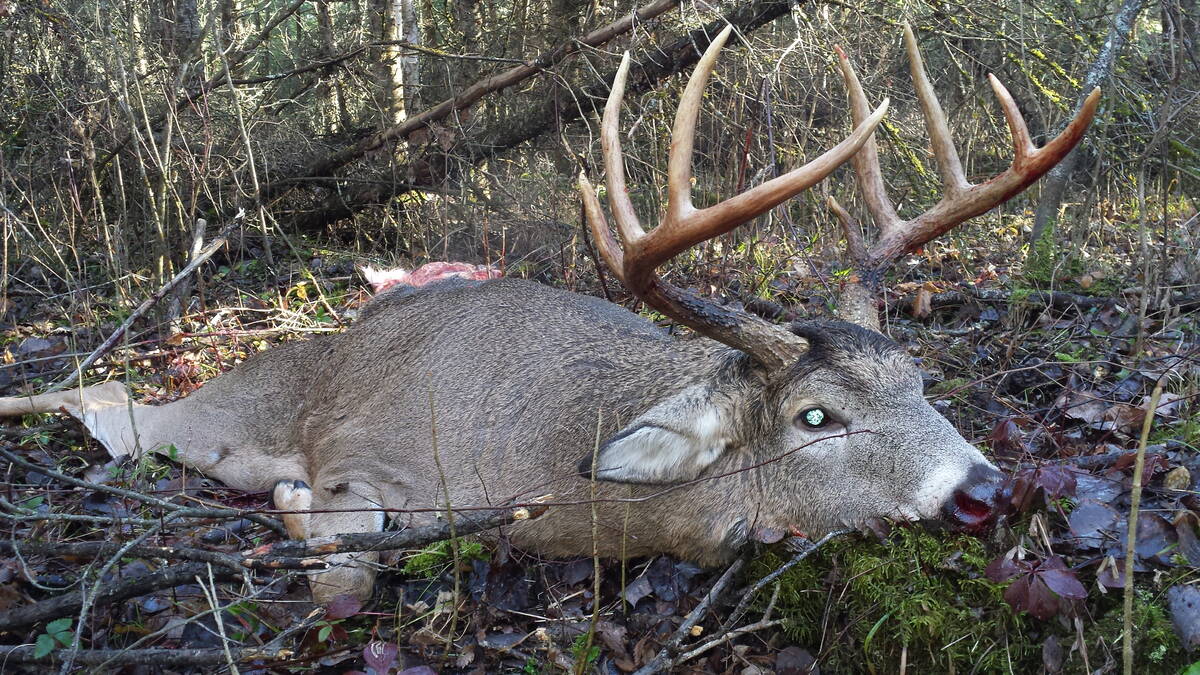
There are a few ways big game hunters can help provincial wildlife management. One is to go to the online provincial licensing portal and complete a short volunteer hunter survey after the season. It asks questions like “Did you see fewer, more, or about the same number of deer as you did last year?” These paint a detailed picture when the views of hundreds or thousands of hunters are analyzed and can affect future management decisions.
Hunters can be tight lipped when it comes to information sharing, and it seems to me that Manitoba hunters are particularly so. Volunteer hunter surveys in other jurisdictions will get upwards of 30 per cent participation. Here, it struggles to reach five per cent. Hunters like to gripe when we believe that not enough is being done to manage our wildlife, yet here’s a simple way for hunters to make a unique contribution, and it’s mostly ignored. I don’t get it.
Chronic wasting disease in 2025
The good news from last year’s CWD sampling program was that only three white-tailed deer and one mule deer tested positive from over 3,000 samples. The positives came from close to the western and southwestern border areas. This points to a still modest spread of CWD, which is gratifying.
The main reason why mule deer get extra attention on this issue is because they seem to be more susceptible to CWD and are also more nomadic. The province therefore encourages a high harvest.
CWD testing is the second way big game hunters can make a critical contribution to management decisions. As one wildlife branch staffer put it, “Licensed hunters are the No. 1 ally in the fight against CWD.”
If you take an animal in the CWD surveillance zone (see the hunting guide), or suspect that your animal may be afflicted, submit a sample to one of the many depots listed on the province’s CWD website. You’ll get a free hat or toque for your efforts. More importantly, you’ll have the comfort of knowing whether your animal has CWD.
Hunter participation is surprisingly low, and it has been declining. That’s too bad, because hunters need to be vigilant on the CWD front. In other jurisdictions where CWD is well established, deer numbers are in steady decline.
Moose and elk
Normally any discussion of moose and elk seasons at this time is a bit of a yawn. Seasons and licenses have been set months in advance. In the last two years though, moose and elk seasons have had their share of drama.
This summer, the province announced an extra allocation of 250 moose tags in response to results from moose surveys in sections of the province.
That was offset by cuts to moose tags in northern Manitoba in the summer of 2024, shortly before the season opening. That followed demands by northern Indigenous communities to stop the hunt, but did not involve consultations with the Manitoba Wildlife Federation (MWF), whose membership includes significant numbers of licensed hunters.
The unprecedented provincial action led to an unprecedented response by MWF. It initiated a legal challenge against the government in provincial court. That case was heard late last fall, and a ruling is pending.
This year, the province closed parts of Game Hunting Areas 9A and 10 to licensed moose hunters. Again, hunting groups were not involved in consultations.
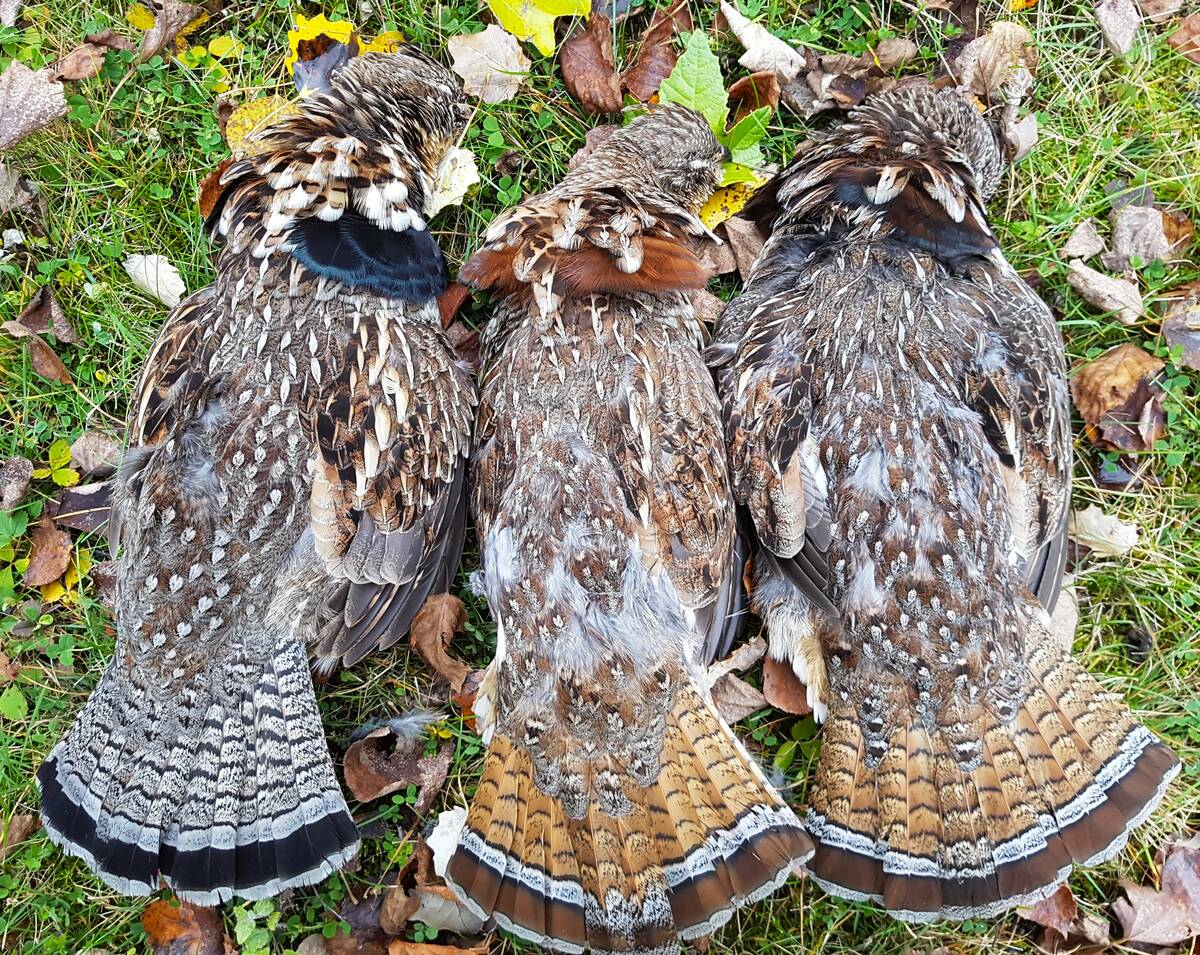
Another big issue in early September was the Bloodvein First Nation’s road blockade and intention to turn away licensed moose hunters on the east side Lake Winnipeg access road that runs through their reserve.
Late in the afternoon of the first day of the licensed hunting season, the province announced it was banning licensed hunters from zones around the Rice Lake Road and along a large area of the Bloodvein River. It’s difficult to how the province’s closures to licensed hunters this year will not set a precedent.
Some better news for hunters arrived with last-minute changes for elk tag recipients for Game Hunting Areas 29, 29A and 30. The limit, which was one bull elk, has been expanded to any elk. Elk numbers in these agricultural areas are growing, and the province has responded with this additional opportunity.
Heading afield
The mixed bag of hunting opportunities this fall is what we would expect almost every year, but this year, there is an additional layer of socio-political considerations that we have not seen before in Manitoba. My fingers are crossed for far-sighted leadership and equitable outcomes.


